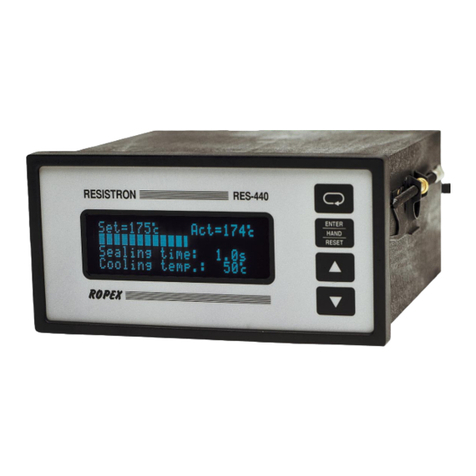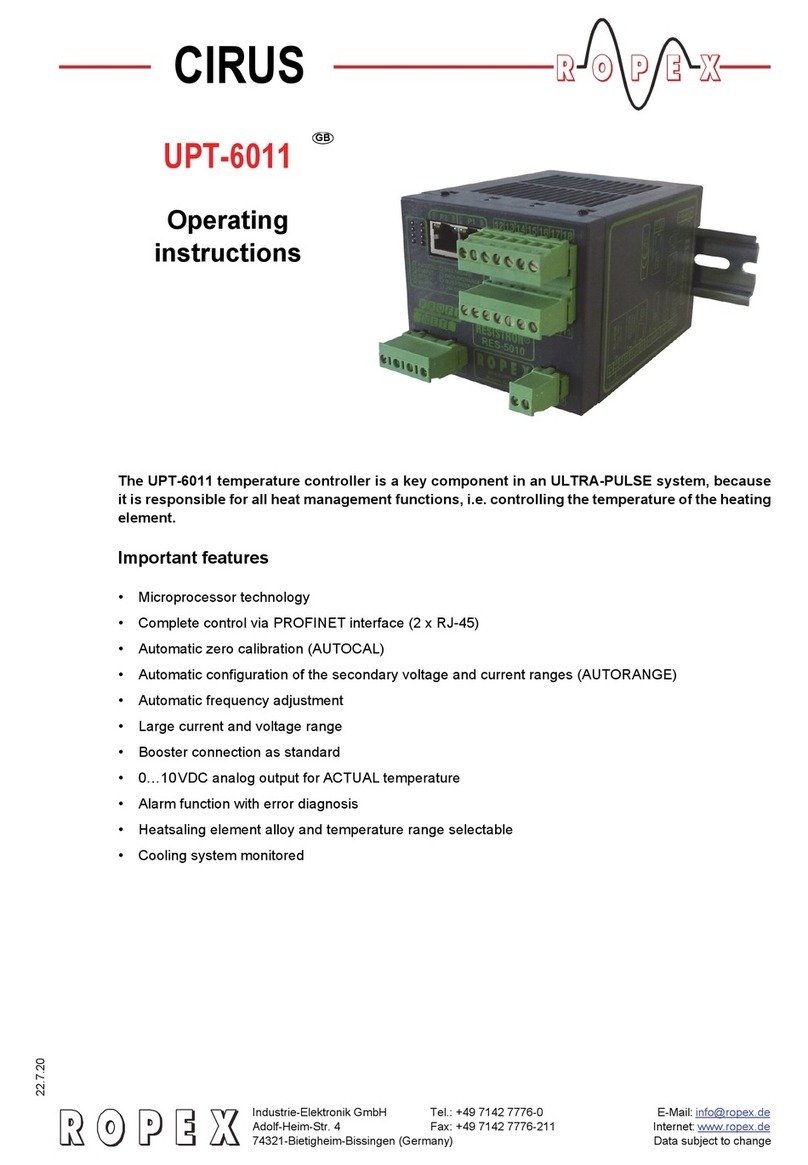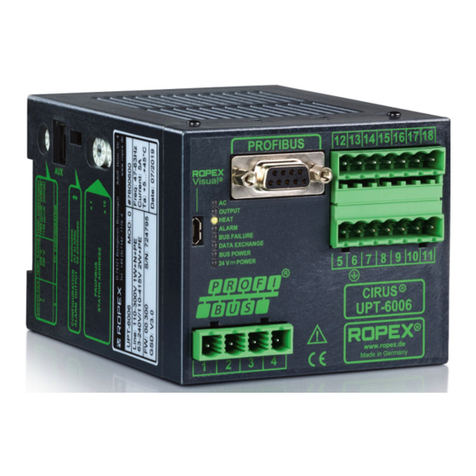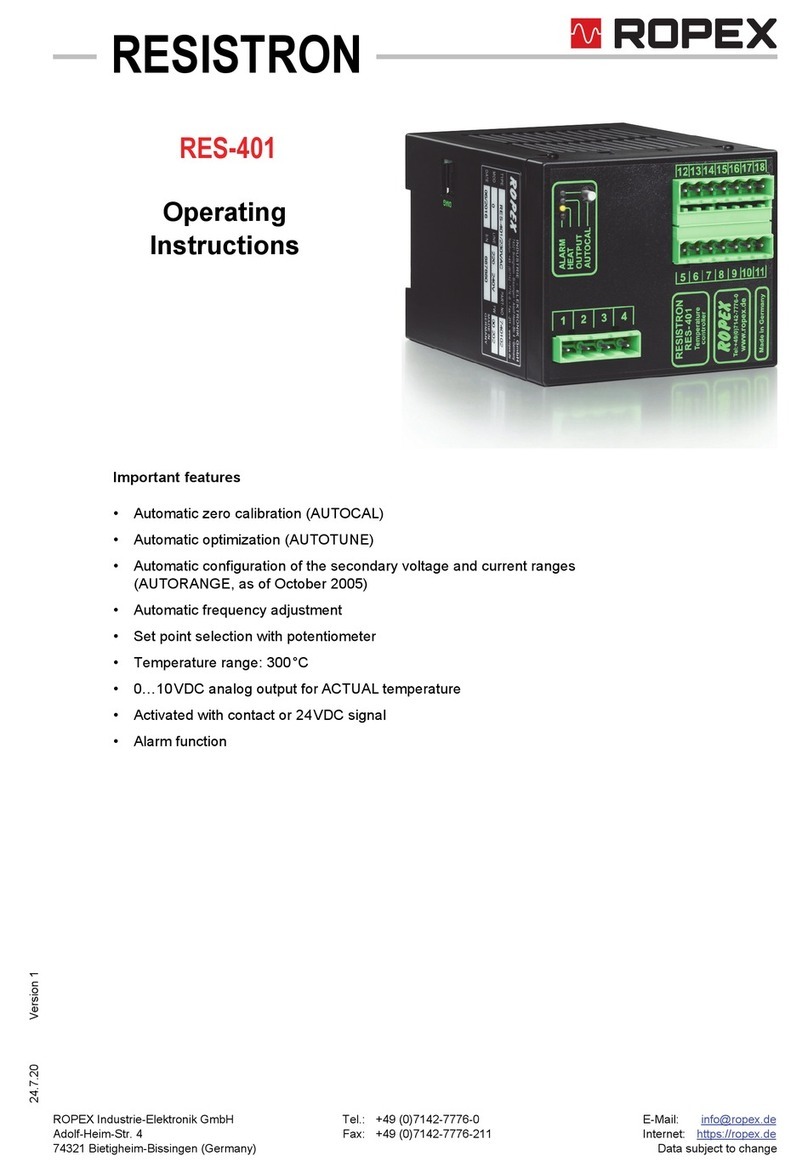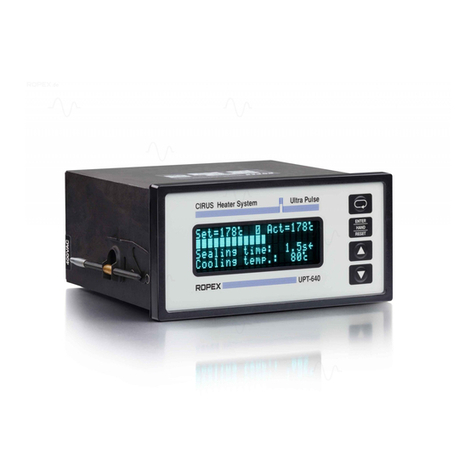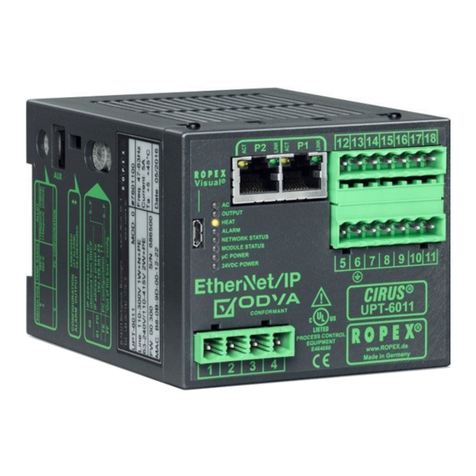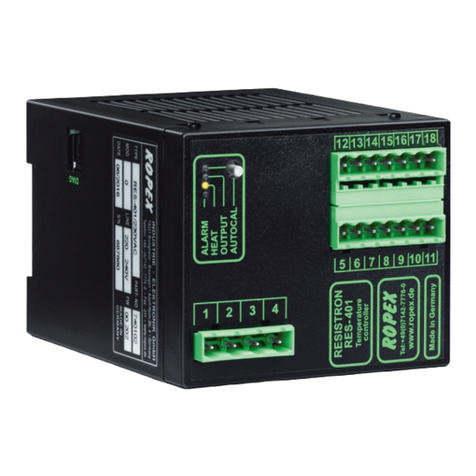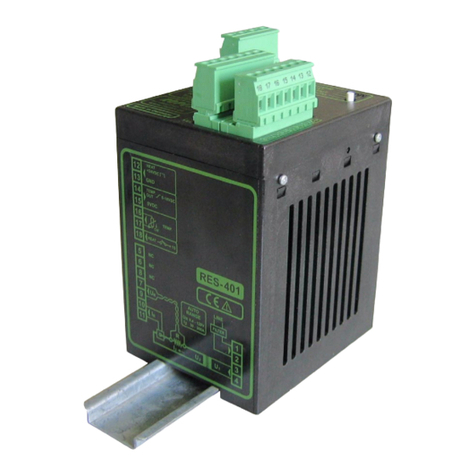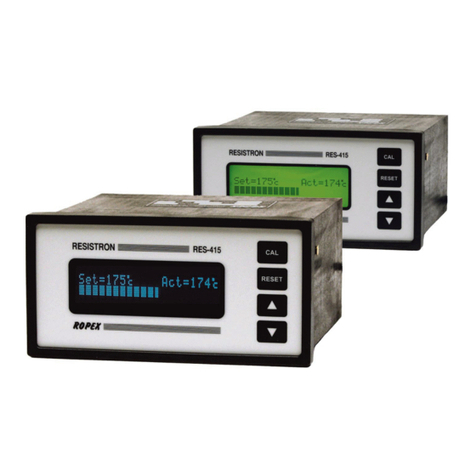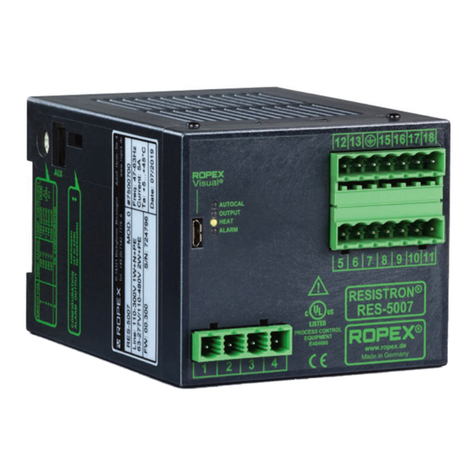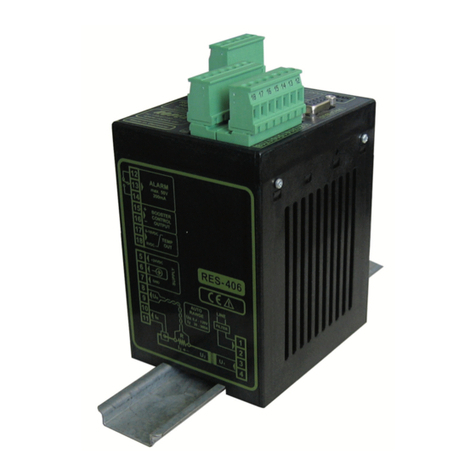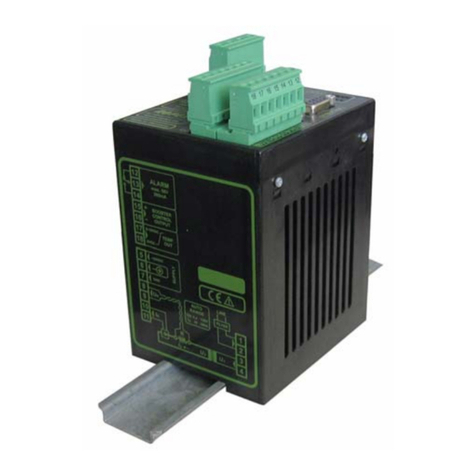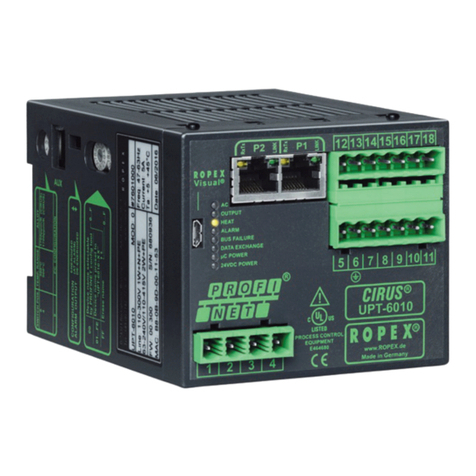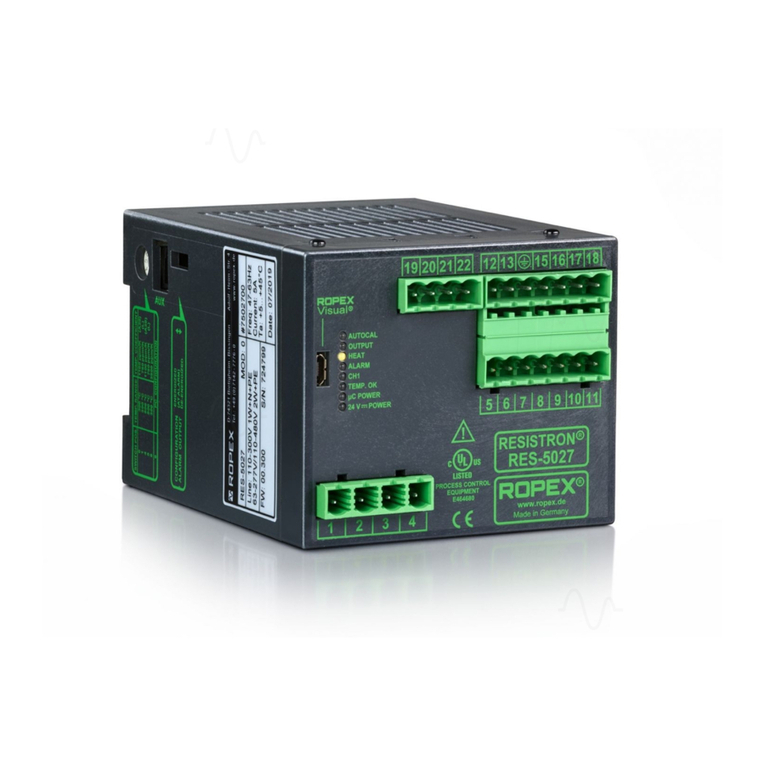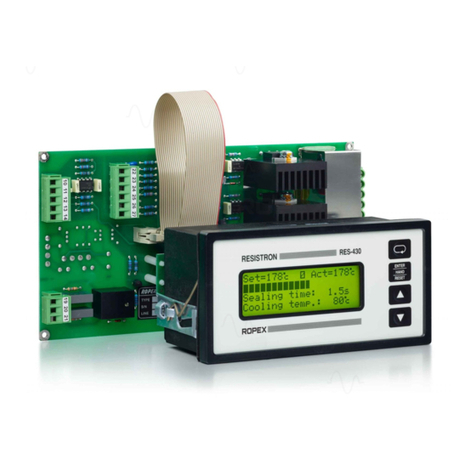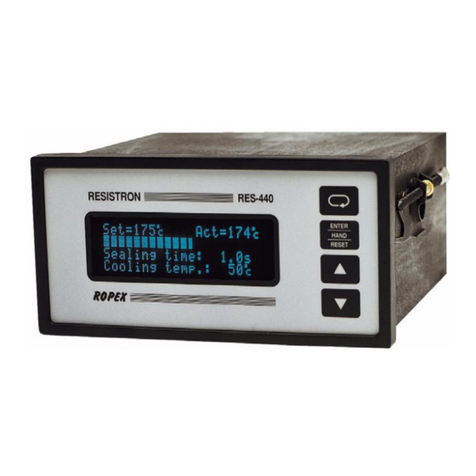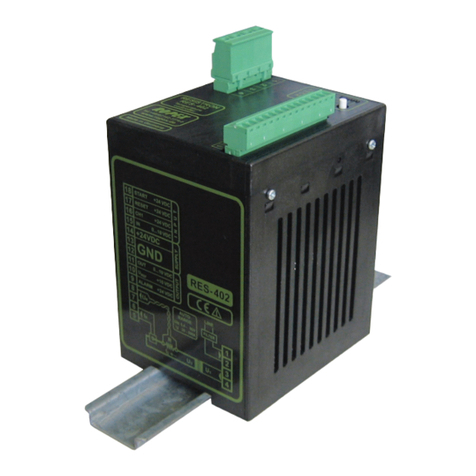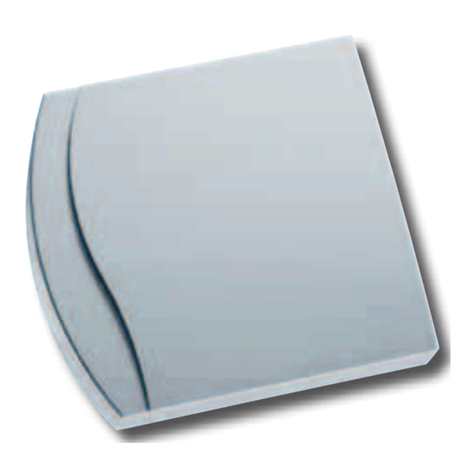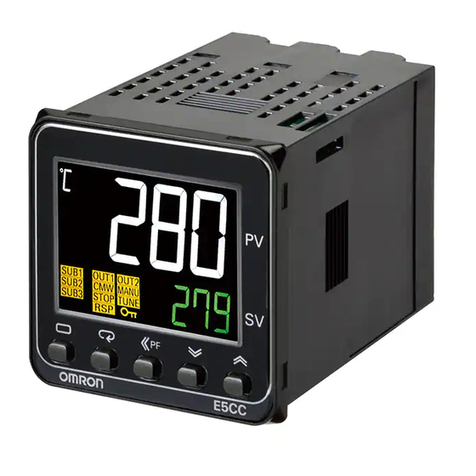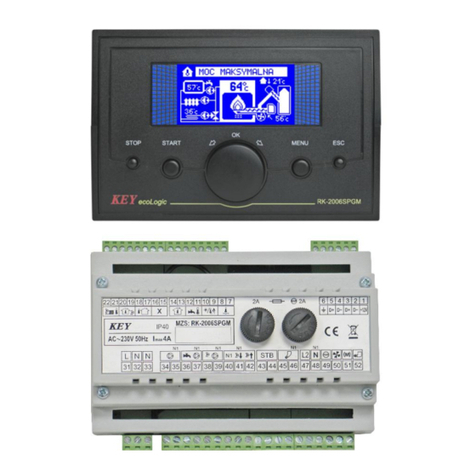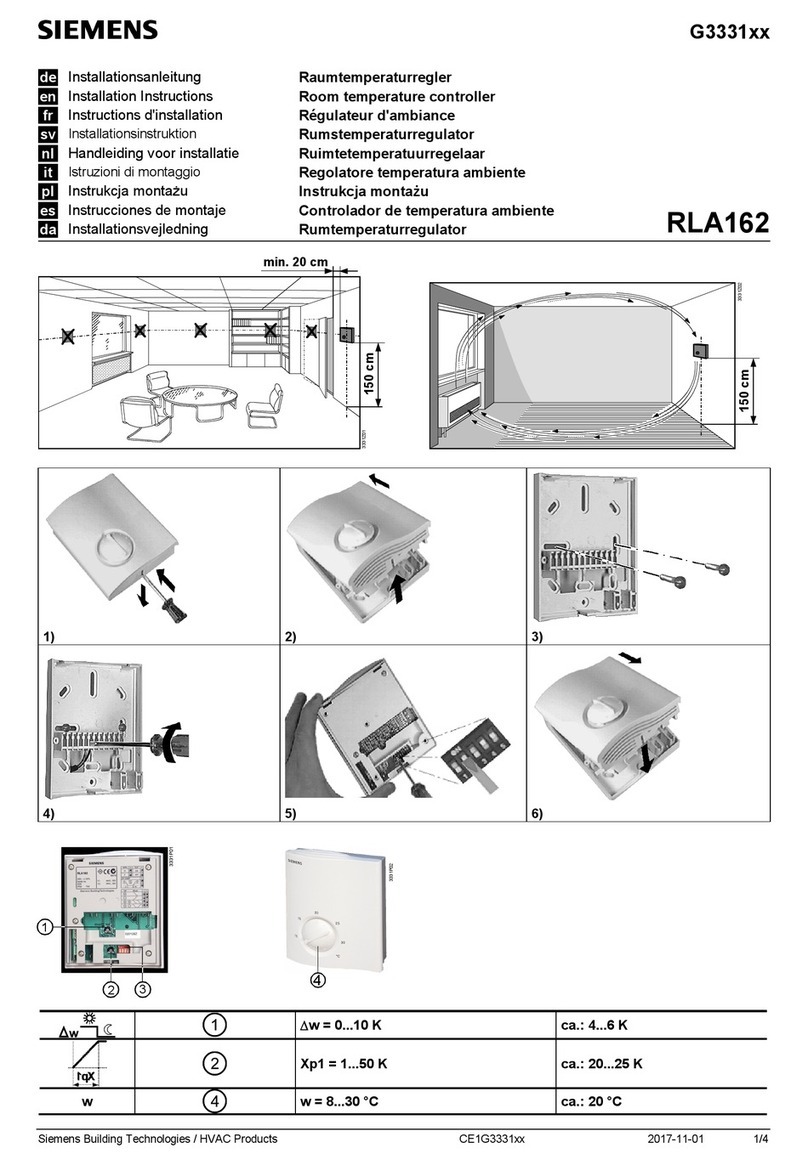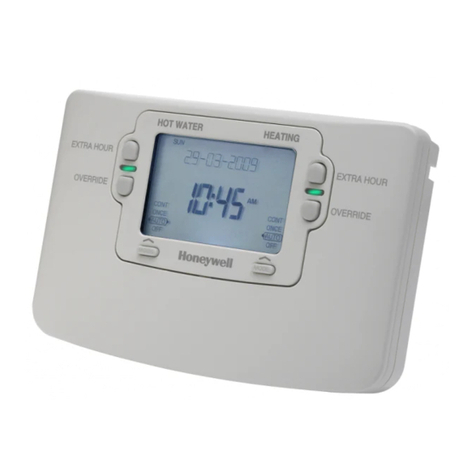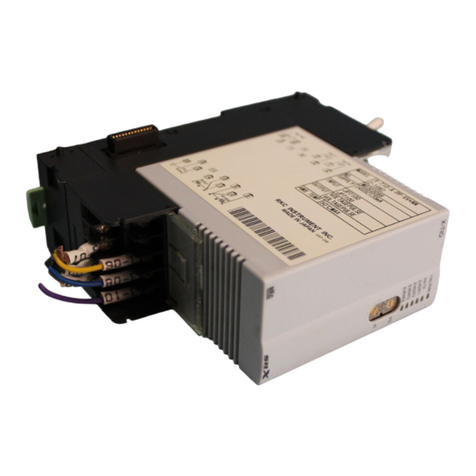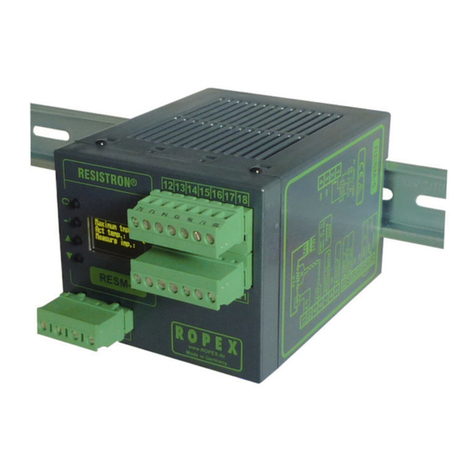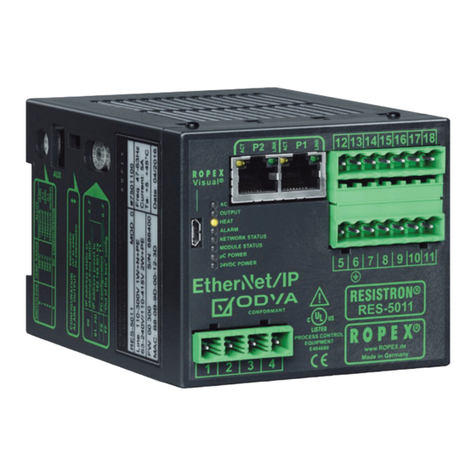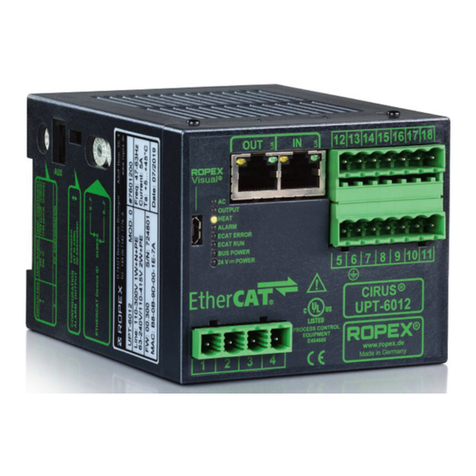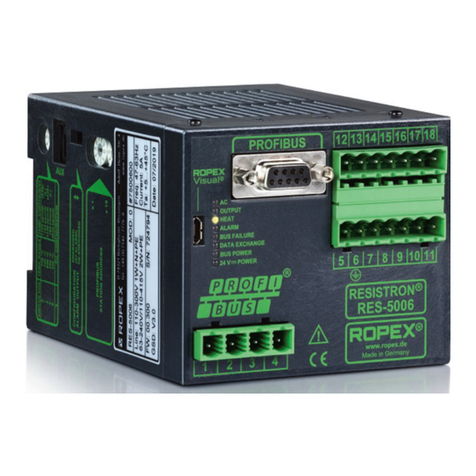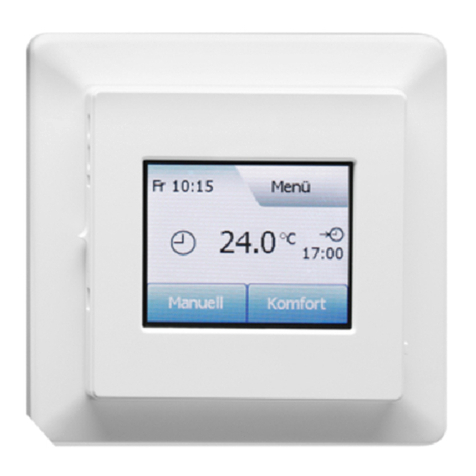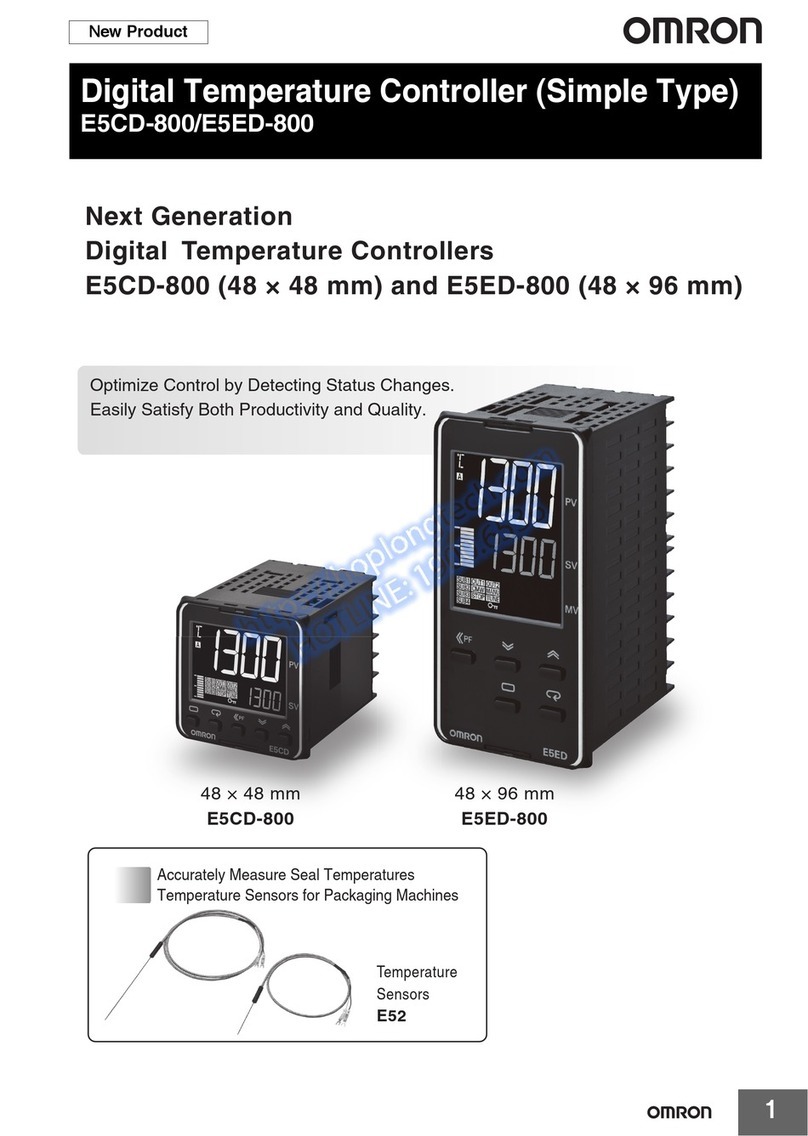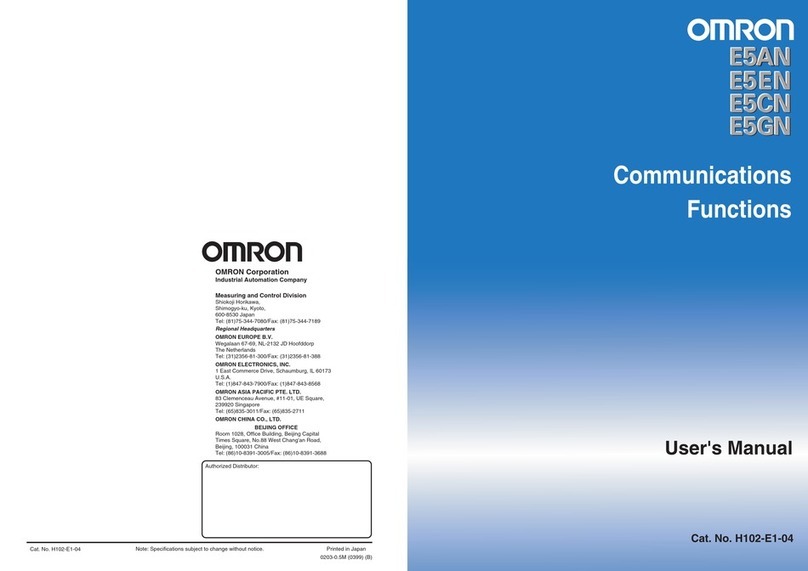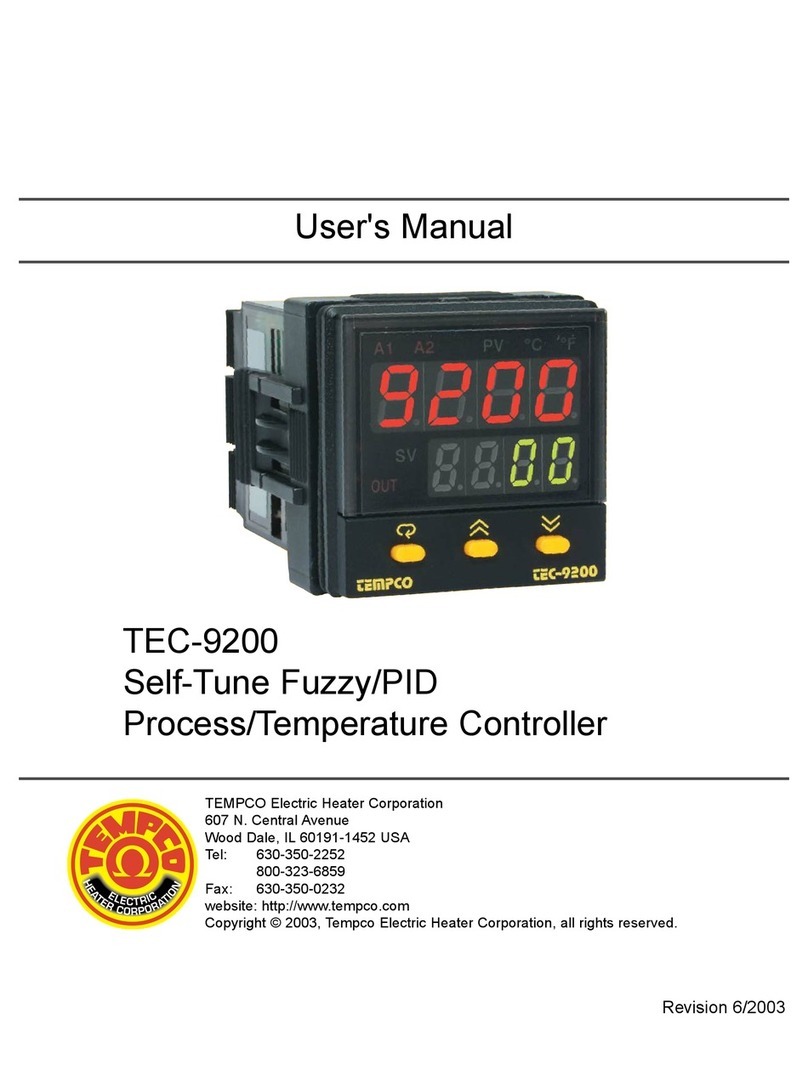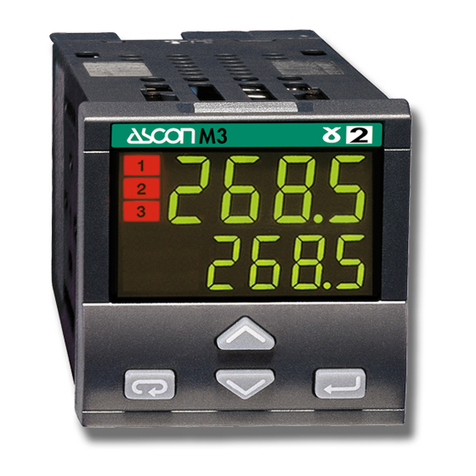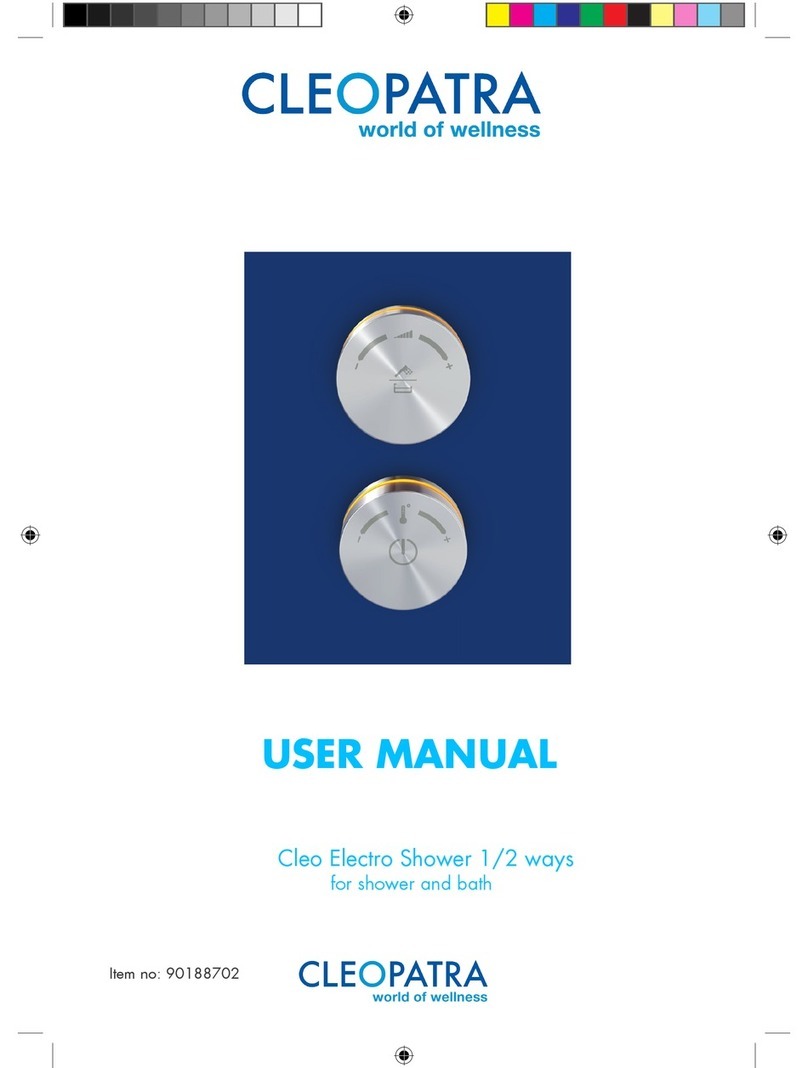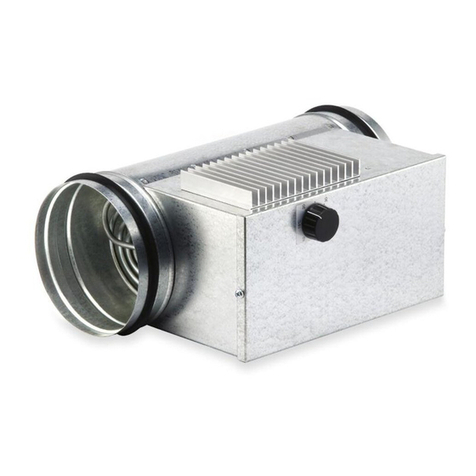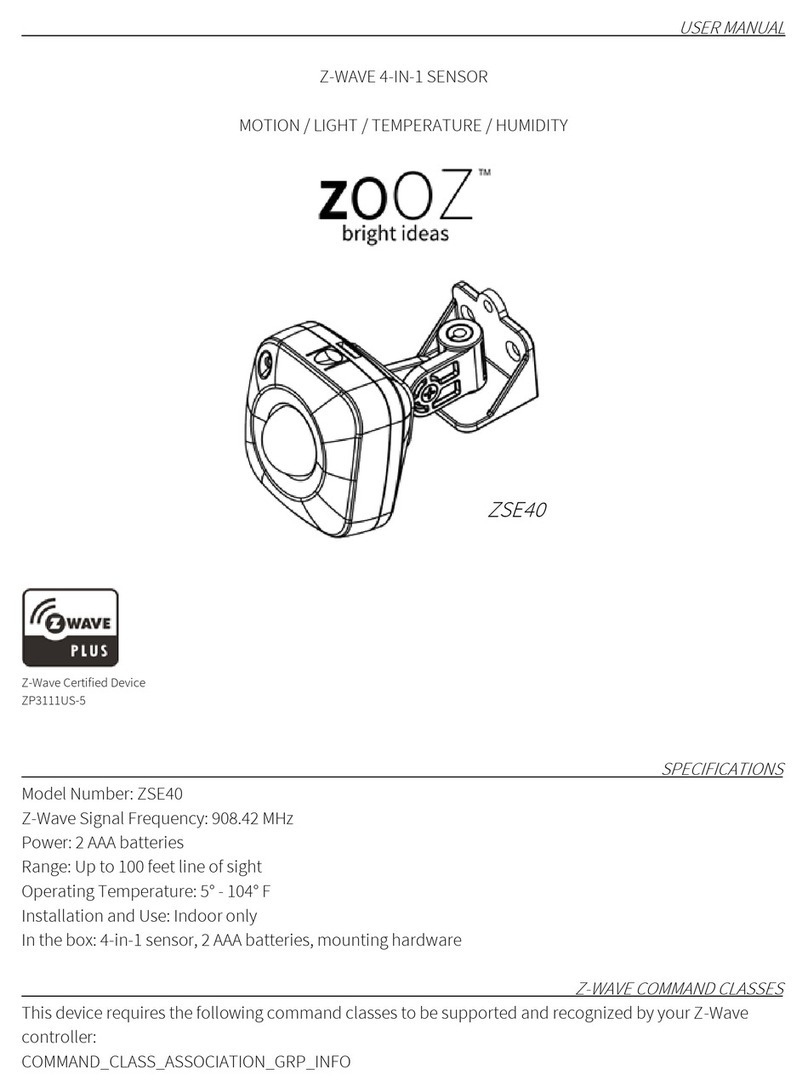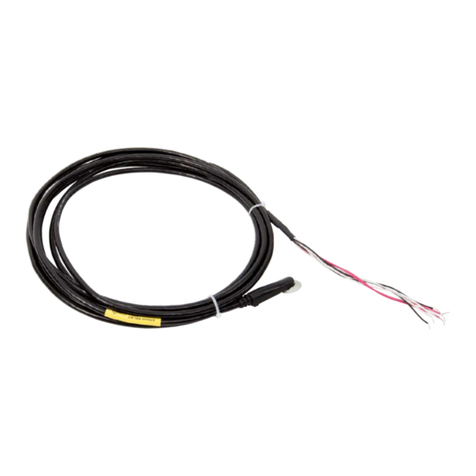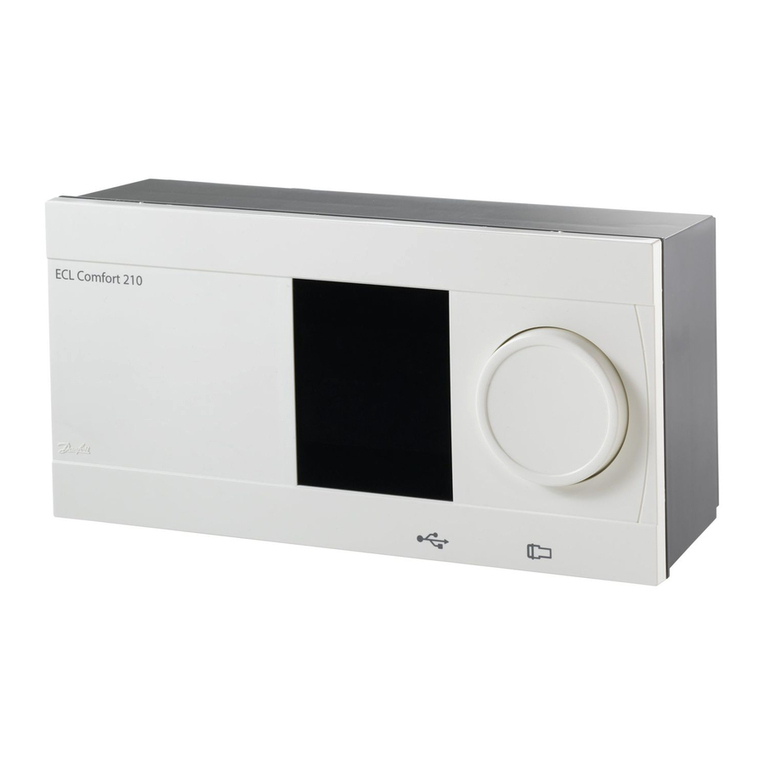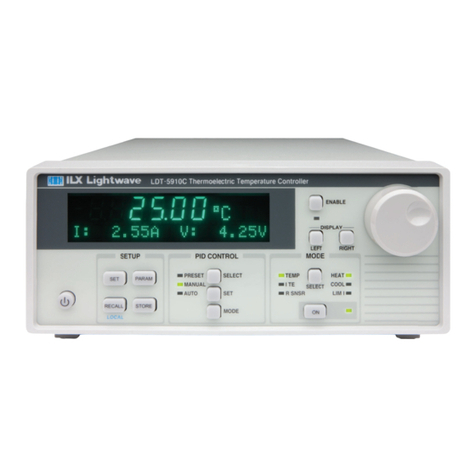
Startup and operation
RES-420 Page 19
4. Temperature coefficient 570ppm, 0…300°C
(software revision 019 or higher)
5. Temperature coefficient 630ppm, 0…300°C
(software revision 019 or higher)
6. Temperature coefficient 700ppm, 0…300°C
(software revision 019 or higher)
7. Temperature coefficient 780ppm, 0…200°C
(e.g. Alloy L, software revision 011 or higher)
8. Temperature coefficient 780ppm, 0…300°C
(e.g. Alloy L, software revision 011 or higher)
9. Temperature coefficient 780ppm, 0…400°C
(e.g. Alloy L, software revision 011 or higher)
10.Temperature coefficient 780ppm, 0…500°C
(e.g. Alloy L, software revision 011 or higher)
11. Temperature coefficient 870ppm, 0…300°C
(software revision 019 or higher)
12.Temperature coefficient 980ppm, 0…300°C
(software revision 019 or higher)
13.Temperature coefficient 1100ppm, 0…200°C
(e.g. Alloy-20)
14.Temperature coefficient 1100ppm, 0…300°C (•)
(e.g. Alloy-20)
15.Temperature coefficient 1100ppm, 0…400°C
(e.g. Alloy-20)
16.Temperature coefficient 1100ppm, 0…500°C
(e.g. Alloy-20)
17.Temperature coefficient 3500ppm, 0…200°C
(e.g. NOREX)
18.Temperature coefficient 3500ppm, 0…300°C
(e.g. NOREX)
9.3.5 Configuration of the alarm relay
The alarm relay is set with step 25 in the Configuration
menu:
There are two possible settings:
1. "Normal"(••)
Alarm relay contact closed by alarm
2. "Inverse"
Alarm relay contact opened by alarm
9.4 Heatsealing band
9.4.1 General
The heatsealing band is a key component in the control
loop, since it is both a heating element and a sensor.
The geometry of the heatsealing band is too complex to
be discussed at length here. We shall therefore only
refer to a few of the most important physical and
electrical properties:
The measuring principle applied for this system
necessitates a heatsealing band alloy with a suitable
temperature coefficient TCR, i.e. one whose resistance
increases as the temperature rises.
Too low a TCR leads to oscillation or uncontrolled
heating.
When heatsealing bands with a higher TCR are used,
the controller must be calibrated for this.
The first time the heatsealing band is heated to
approximately 200…250°C, the standard alloy
undergoes a once-only resistance change (burn-in
effect). The cold resistance of the heatsealing band is
reduced by approximately 2…3%. However, this at first
glance slight resistance change results in a zero point
error of 20…30°C. The zero point must therefore be
corrected after a few heating cycles (!Kap. 9.4.2
„Burning in the heatsealing band“ auf Seite 19).
One very important design feature is the copper or
silver-plating of the heatsealing band ends. Cold ends
allow the temperature to be controlled accurately and
increase the life of the teflon coating and the
heatsealing band.
An overheated or burned-out heatsealing
band must no longer be used because the
TCR has been altered irreversibly.
9.4.2 Burning in the heatsealing band
If a new heatsealing band has been used, the zero
point is first of all calibrated while the band is still cold
by activating the "AUTOCAL" function on the controller.
When the "AUTOCAL" function has finished, the
controller outputs the preselected calibration
temperature (default value: 20°C). Adjust the set point
to approximately 250°C and press the "HAND" key
(display in home position) to heat for approximately
1 second. After recooling, the controller usually
indicates a value less than 20°C. Repeat the
"AUTOCAL" function. The heatsealing band has now
been burned in and the change in the alloy properties
stabilized.
(•) Factory setting
(••)Factory setting
!




















